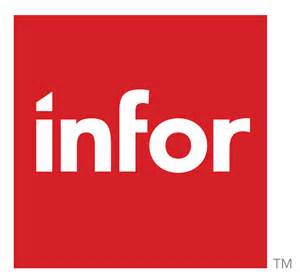Succeeding with HR Tech, Five, Make it Six Things HR Needs to Know
I did a Human Resource Executive Webinar on Tuesday titled 'Suceeding with HR Technology, Five Six Things HR Leaders Need to Know (and an HR Technology Conference Preview), and while it would be hard to share the information shared in webinar in full, I thought I would pull out the FiveSix 'Remember This' kinds of takeaway slides to share here, along with a little of the pithy commentary I dished out on the live Webinar.
Also, if you head over to www.hrtechconference.com, you can probably access a recorded copy of the webinar when it posts in a day or two.
(Email and RSS subscribers may need to click through to see the images)
Number One: In the Pre-Contract stage of the project, here's my one thing you need to know/remember:
Always. Be. Negotiating. Don't fall in love with the first demo you see or with the vendor that takes you out to the swankiest dinner at HR Tech. Play the long game if you can. You have just about all of the power before the contract is signed.
Number Two: In the Planning stage of the project, here's my one thing you need to know/remember:
We, all of us, humans primarily, are terrible at estimating how complex most undertakings actually are, and how long they will take to complete. Planning for HR tech projects is not immune to this phenomenon. Take your time, find some experienced implementers, challenge your assumptions, and be realistic about your organization's willingness, capability, and capacity for change when you set goals and milestones down. And it might not hurt to add another 15% for 'you never knows'.
Number Three: In the Teambuilding stage of the project, here's my one thing you need to know/remember:
One of the surest ways to limit your success with HR tech projects is to fail to devote the necessary resources for the needed time to the project, and get them some relief from their normal, day jobs. Almost every large project struggles with this to some extent. Getting a resource for 10 hrs/week does not automatically free that resource up from their normal duties, and you just may have added 20% workload to a key person you are counting on for the project.
Number Four: In the Managing Relationships stage of the project, here's my one thing you need to know/remember:
Your HR Tech project team will likely consist of a slew of different groups and organizations - core team, project sponsors, vendor staff, external consultants or SIs, and maybe even independent contractors. Managing the ownership, accountability, and communication across and among these different groups is so important, and a skillful and savvy project manager spends a ton of his or her time in this area.
Number Five: In the Technical Considerations stage of the project, here's my one thing you need to know/remember:
While many of the technical tasks have migrated from customer-owned to vendor-managed in the HR Cloud environment, most medium to large scale HR Tech projects have important technical considerations, chief among these are the integration needs from cloud solutions from different vendors, as well as the integrations from HR cloud solutions to legacy and sometimes on-premise downstream or upstream systems. And be mindful of the Planning Fallacy from a few steps ago when planning, scoping, and finding resources for your integration tasks.
Number Six: In the User Adoption stage of the project, here's my one thing you need to know/remember:
Most people don't like change. We like what we know, but maybe would not mind it if things were just a little bit better or faster or easier or more enjoyable. A good approach to user adoption is to couch and describe the change you are creating as the beginning of a movement towards something better, not necessarily a complete overhaul of systems, processes, and the way people work. We like 'better'. We don't always like 'different'. It's a subtle difference but maybe one that will make user adoption efforts and results more effective.
Ok, that's it for my Top 6 things to remember. If I would have had more time on the Webinar I could have come up with more, but these are a decent starting point. We will be hitting all of these topics in much more detail at the HR Technology Conference in September - use my code STEVE300 to get $300 off the best rate available when you register here.

 Steve
Steve

